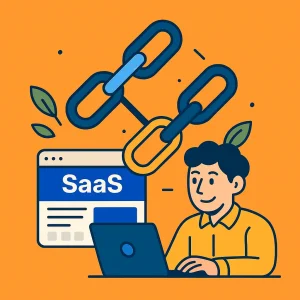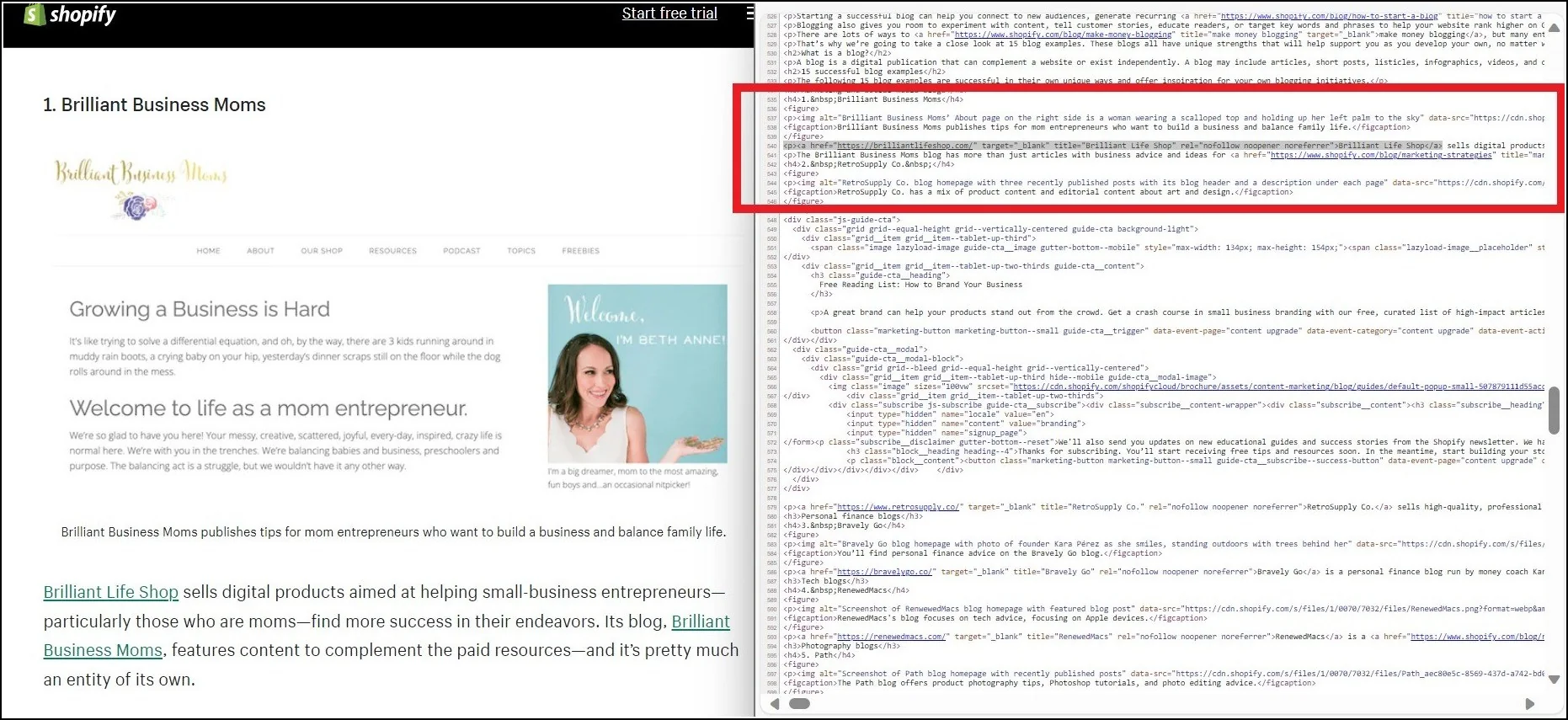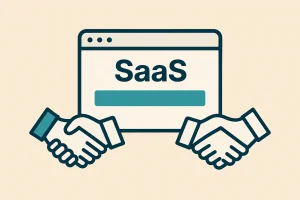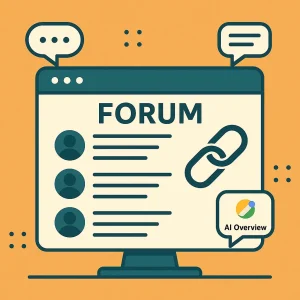
SaaS Link Building Playbook for Faster SEO Wins
Learn proven SaaS link building tactics to rank faster, boost DR, and drive signups with high-quality backlinks.
Let’s be real.
You’ve probably heard about sponsored links, especially if you’re trying to earn from a blog or run SEO for clients.
But before you slap paid backlinks all over your site, there’s one thing you need to understand—they come with rules.
Sponsored links are paid placements. If money changes hands in exchange for a link, Google wants to know about it. That’s where the rel=”sponsored” attribute comes in.
Miss this step, and you risk triggering penalties that can bury your rankings.
Sponsored links are hyperlinks that have been paid for, whether through direct link placement, guest posts, or ad partnerships. In HTML, they’re tagged with the attribute rel=”sponsored”, signaling to Google that this link was part of a commercial transaction.
This attribute is not the same as rel=”nofollow” (used when you don’t want to pass ranking authority) or rel=”ugc” (used for user-generated content like forum posts).
Google introduced rel=”sponsored” to crack down on link schemes and spammy practices. It tells the algorithm: “This link is promotional, don’t use it to influence rankings.
📚Read more: How to Check Who Links to My Site or Any Site for Better SEO?
Adding the rel=”sponsored” tag isn’t just about ticking a box—it’s about playing it smart.
Whether you’re running a blog or managing SEO campaigns, using this tag protects both rankings and reputation.
Google’s algorithm doesn’t mess around when it comes to paid links. If you’re caught passing link equity through undisclosed paid placements, you’re looking at a potential ranking penalty—or worse, deindexing.
The sponsored tag tells Google the link was paid for, which keeps your site in good standing and avoids any suspicion of manipulation. It’s also a clear way to communicate intent, making sure your site stays compliant with Google’s link guidelines.
Being upfront with your readers builds credibility. If you’re linking to something for money, it’s better to be clear than to get called out later.
Readers aren’t stupid—they can spot a paid link. By tagging it correctly, you show you’re not trying to hide anything. That kind of transparency pays off over time. It keeps your audience trusting your content, even when monetization is part of the mix.
Backlink profiles matter—for you and for the site you’re linking to. If a search engine sees unnatural link behavior, both domains can get hit. Using rel=”sponsored” helps protect both sides.
It separates organic SEO efforts from monetized content, preventing good links from getting lumped in with bad ones. For anyone selling or buying links, this attribute is non-negotiable if you want to stay off Google’s radar.
Sponsored links can still drive traffic and brand exposure, but when it comes to rankings, their SEO value is limited. That’s by design—and that’s the point.
No.
Sponsored links are stripped of SEO weight. The rel=”sponsored” tag tells Google not to transfer PageRank or authority through the link. This prevents businesses from gaming the system by buying high-authority backlinks for ranking benefits.
Yes—but only if you misuse them. Failing to label paid links properly is considered a link scheme, which violates Google’s Webmaster Guidelines. If caught, your site could face manual actions, loss of rankings, or total removal from search results.
Sponsored links are still crawled and indexed, but Google ignores them in terms of ranking signals. The content linked might still appear in search, but it won’t get any SEO “juice” from the sponsored tag.
📚Read more: Link Building Checklist (2025): Smart Strategies for SEO Pros
If you’re accepting payment for a link, whether through an ad, an affiliate links SEO deal, or a branded content post, you need to label it. Failing to do so invites penalties and undermines your credibility.
Here’s how to handle it the right way.
Adding a sponsored tag is as simple as editing your link’s HTML. Here’s the format:
<a href=”https://example.com” rel=”sponsored”>Your Anchor Text</a>
This tells search engines, “This link is part of a commercial transaction.” No SEO value is passed, but your site stays clean and transparent.
There’s confusion around whether to use rel=”nofollow”, rel=”sponsored”, or both.
Use rel=”nofollow” when you don’t trust or endorse the destination—common with comment links or unvetted sources.

<a href=”https://example.com” rel=”sponsored nofollow”>Text</a>
Don’t just default to nofollow for everything—Google made sponsored a separate tag for a reason.
Most platforms make this easier than messing with raw HTML.
If your CMS doesn’t have a toggle, switch to HTML mode and add rel=”sponsored” manually.
Not sure whether to use the tag? Ask yourself:
If you answered yes to any of those, mark the link as sponsored. Don’t overthink it—when in doubt, label it. It’s better to lose a fraction of ranking potential than get slapped with a manual action.
📚Read more: 13 Link Building Challenges & How to Overcome Them
Misusing link attributes might not seem like a big deal—until your rankings nosedive or you get flagged for spam. Here are a few common slip-ups you’ll want to dodge.
If you’re linking out with affiliate tracking and earning a cut from clicks or purchases, that’s a paid link. Tag it with rel=”sponsored”. Many creators assume affiliate links are fine without disclosure. They’re not.
A lot of people still rely on rel=”nofollow” for paid links. That’s outdated. Google specifically introduced rel=”sponsored” to separate ad-related links from others. Nofollow is fine if you’re unsure about trust. But for money-based placements, use the correct tag.
📚Read more: Nofollow vs. Dofollow Backlinks: Understanding Their SEO Implications
Sneaking sponsored links into articles where they don’t belong is a red flag for both users and search engines. If a link doesn’t match the topic, it’s not just spammy—it’s lazy. Context matters.
Never mark naturally earned or editorial links as “sponsored.” That strips away their SEO value for no reason. Only use the tag when compensation is involved—otherwise, you’re shooting your own rankings in the foot.
📚 Read more: 16 Link Building Mistakes to Avoid in 2024
Keeping tabs on sponsored links isn’t something you can afford to overlook, especially if you’re publishing regularly or managing multiple contributors.
A few solid tools can help you stay in control and avoid SEO fallout.
Ahrefs makes it easy to track outbound links from your site. You can filter by anchor text or destination to spot links that may have been paid placements. If you’re managing affiliate content, this is a quick way to audit what’s been tagged properly—and what hasn’t.
If you’ve ever missed a sponsored tag and caught Google’s attention, this is where you’ll find out. GSC will notify you under Manual Actions if your site violates link guidelines. Don’t wait for a warning—use it proactively to check for issues.
Run a crawl using Screaming Frog and look for pages with specific rel attributes. The tool lets you filter by rel=”nofollow”, rel=”sponsored”, or others so you can quickly audit all outbound links and ensure the right tags are in place.
Semrush offers partner link tracking and can flag outbound links tied to affiliates or brand deals. This is especially useful for digital publishers or content-heavy sites working with multiple advertisers.
Knowing when and how to use sponsored links isn’t just a technical detail—it’s a guardrail for your SEO strategy.
Get it right, and you’ll build trust with both search engines and readers. Get it wrong, and you risk losing hard-earned visibility.
Whether you’re managing affiliate partnerships or selling ad placements, always tag your links correctly. It’s a small step that protects your site’s long-term growth.
Looking to clean up your backlink profile or scale your outreach the smart way?
Talk to one of our vetted SEO experts and get a personalized strategy that won’t put your rankings at risk.

Learn proven SaaS link building tactics to rank faster, boost DR, and drive signups with high-quality backlinks.

Learn how to pick a trusted white label link partner for your SaaS agency. Avoid spammy links and scale SEO growth.

Uncover the real value of forum backlinks in 2025—learn smart strategies, avoid risks, and build SEO trust effectively.
